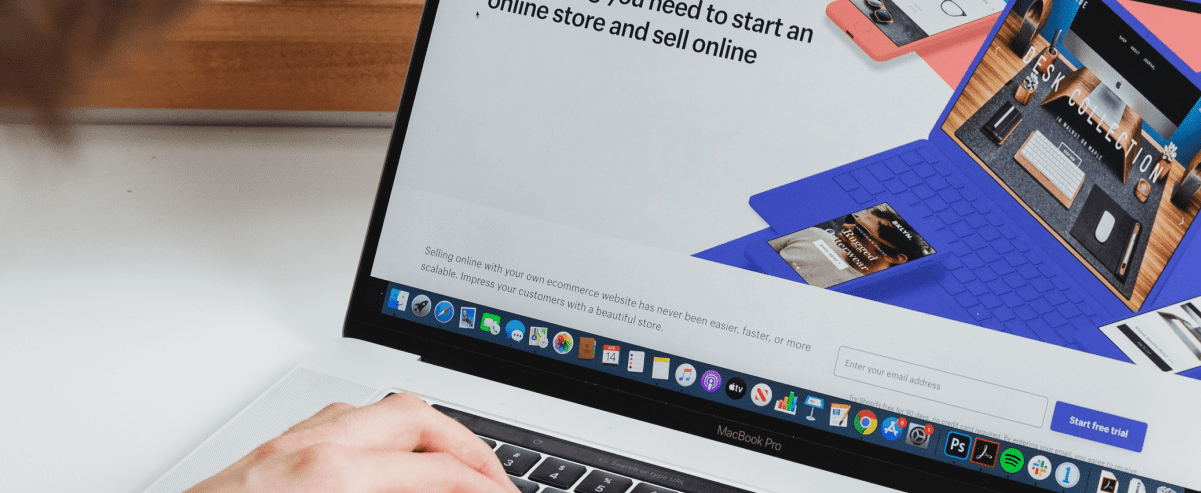Why do we need to do user research?
There are multiple very good reasons why we do user research. Let us tell you about three big ones.
1. To ensure that the designs match your user’s needs
User research is the only way to achieve an understanding of your users. If you understand your users, you can make designs that are truly relevant to them. If you don’t understand them clearly, your product will not work as well as it looks.
In Design Thinking, empathizing with the end-user is at the core of the Design Thinking process.

User Interviews and Contextual Inquiry are common research methods of understanding how users use your products and their needs. Make sure to conduct your user research at the earliest stages of the project so you know which direction is relevant for your future users.
2. To ensure that your designs are pleasurable and easy to use.
You want your product to be easy and pleasant to use, right? User research will help you achieve this. Your users don’t want to spend hours figuring out how to use your product. And if you can’t give this to them, your competition will. Therefore, ensuring a high level of usability is crucial for success.
Effective usability inspection methods are usability tests, heuristic evaluations, and cognitive walkthroughs. It only maximizes the benefit of your testing when you conduct the methods throughout the whole project. If you only test the final version of the product, your cost of iterative modifications will rise steeply. Therefore, keep in mind that conducting testing at your earliest is the best to ensure usability at a low cost.
3. To evaluate the return on investment and UX as early on as possible
UX design and user research are not as tangible as, let’s say, new features or fixing software bugs. So, it’s quite easy to overlook their value. Unlike the immediate consequences of publishing new features or fixing bugs, you don’t experience the consequences of UX until your product reaches your users.
User research methods to measure the return on investment (ROI) of your UX are mostly quantitative. For example, the increase of sales and user numbers, or the change of user satisfaction and usage frequency over time. We bet you remember all the satisfaction survey emails you received from hotels or airlines after your vacations.
“But we already know our target users” one might say. We get this one a lot. But there are three important things you might want to consider:
1. Setting up dedicated research brings new and fresh insights.
2. We often see many assumptions based on experience with a target audience. Assumptions are good for small impact projects, but for the bigger projects and features, we refer to the quote “Never ASSUME, because when you ASSUME, you make an ASS of U and ME.” Jerry Belson
3. Always hear it from the source. Do you know the game everyone played when they were kids? You sit in a big circle and whisper a story from one person to the other. If there is one thing we learned from this: always get your input straight from the source to prevent noise.
What all user research has in common is that it helps place people at the center of your design process and your products
Ditte Hvas Mortensen
What is user research?
User research is the methodical study of getting to know your target users. This includes their needs and behaviors as well as their pain points so the designer on the project has all the necessary insights to create relevant designs.
User research studies user characteristics, the user needs based on these characteristics, user goals based on these needs, user behaviors to accomplish these goals, and user attitudes at different stages. These findings will ultimately inspire your designs, assess your solutions and understand the impact.
User research is the way to place users at the center of your designs.
How do we do user research?
User research is often divided into quantitative and qualitative methods. We use qualitative studies to generate insightful data about behaviors or attitudes by observing them directly. Interviews and diary studies are examples of qualitative research methods. These offer a more in-depth understanding of individual users or user groups, their experiences, and their everyday lives. Believe us, conducting qualitative user research is more fun than watching a blockbuster movie, so make sure to have a copious amount of popcorn at your disposal.
In quantitative studies, for example, surveys and formal experiments, the data is gathered indirectly. Each user research method has its pros and meets different needs. Which method you choose not only depends on what you want to achieve but also on practical concerns, such as your budget and your time constraints.
Here are some most common research methods:
1. User Interviews
Probably the most used user research method in qualitative research. The flexibility of this type of research makes it highly attractive. It is usually a one-to-one in-depth discussion between the researcher and the participant. If you’re looking to explore your user’s general attitudes and want to understand what goes on inside their head when encountering a problem, interviews are a useful research tool.
2. Diary/camera studies
Diary/camera study is a commonly used qualitative study. Participants use a camera or diary to document aspects of their daily routines and lives that are relevant to your product. Diary studies are suitable for longitudinal research and data that is easily recorded.
3. Survey
If you want to gather information about a large group of users to validate your hypotheses, and the data collection should be quick, conducting a survey study is what you need. Powerful questions and the right tool are the essences of a successful survey study.
4. A/B testing
In A/B testing, you show your users two different versions of a design to find out which they react best to. It measures the actual behavior of your customers under real-world conditions, even small performance differences could be measured.
The benefits of user research
User research helps shape your product and define the guidelines for delivering a good experience for your users. By skipping the user research and basing the design process on assumptions, you are taking on unnecessary risk and you might not meet your users’ needs.
When user research improves the user experience, it leads to better usability of your product and affects the company’s ROI. Good user research helps to create products that are truly relevant to your users and boost user satisfaction. Users feel heard and enjoy using the product. Satisfied users are loyal; they trust your product and want to come back for more, leading to higher conversions and sales.
Good user research points out the right direction to go for your product, which increases development efficiency and saves money in the developing phase. Because user research results help to avoid costly fixes of development problems later down the road, you also save money in design and project management.
The takeaway
Here, we have shown what user research is and why we do it, as well as some common research methods and how user research benefits your product and business. If you want to conduct your own user research, keep the following in mind:
1. Devine and formulate your research question
Make very sure that you know why you are researching and what you are researching.
2. Pick the best method for your research
Consider the impact of the project, the timeline, and the budget. With those factors, you can find a research method that will give you the best results for your resources.
3. Always stay objective, don’t bias the participants
It’s difficult to do, especially when you’re intensely involved in the product. For example, if you want to know the participant’s experience with a gym, a biased leading question would be: “How good was your experience at the gym?” The participant will most likely respond with ‘good’ instead of saying what is actually on their mind.
4. Obey to the fact
Another bias is confirmation bias, the act of seeking or interpreting evidence or findings to align with your own existing beliefs or expectations. For example, you believe your product works perfectly fine, but the participant states that he doesn’t use your service regularly mainly because of the difficult interface, but sometimes it is because he doesn’t have the needs. Your confirmation bias might cause them to ignore the fact of the difficult interface, and only focus on the fact that he doesn’t need it sometimes. When in reality, the user considers the difficult interface to be a bigger obstacle and chooses alternatives. Ask yourself: am I only looking at the data that works in my favor?
But watch out! Thinking “I’m not prone to confirmation bias” could be a confirmation bias itself. We’re almost in Limbo…
5. Document everything and document it correctly
You might need to use your research outcomes for years. If documented correctly, people who join the team can get a good understanding of the users of the project quickly. Onboarding times drastically decrease with well-documented and validated insights.
6. Perform a check
Let an experienced researcher perform a check with you before starting the research and ask for his/her help in the interpretation of the results.
And don’t forget to wear a lab coat! It’s important…
Do you need help with your user research?
At Make it Max, user research is what we live and breathe. Why? Simple! Because it puts humans at the center of designs. And we love humans! So get in touch and we’ll provide you with valuable user insights.






0 Comments